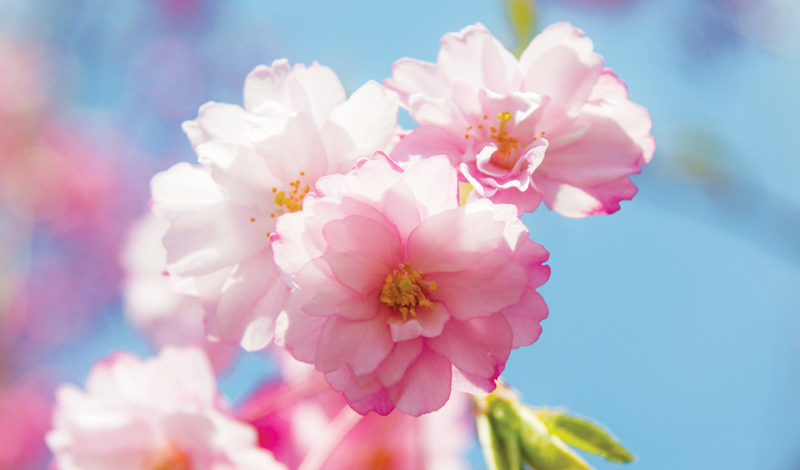The February Campaign
In February 1952, 24-year-old Daisaku Ikeda led Kamata Chapter in achieving the unprecedented monthly propagation result of 201 new households. This victory adorned second Soka Gakkai President Josei Toda’s birth month with a significant milestone in propagation. (See The Human Revolution, “Dashing Forward” chapter and The New Human Revolution, vol. 3, “Light of Peace” chapter)
2/1
Gajokai Founding Day
The Gajokai, meaning “protectors of the fortress group,” was established on Feb. 1, 1971, as a group to train champions of Soka in the young men’s division who would protect the Soka Gakkai Headquarters, as well as community and culture centers around Japan. About 10 years prior, young men’s division members had begun safeguarding these facilities by performing inspections to ensure that buildings were secure. It has served as a driving force for raising capable young men throughout Japan and the world. (See NHR-24, “Vigilant Safeguarding” chapter)
2/11
Josei Toda’s Birthday
In 1900, Josei Toda was born in a village called Shioya in present-day Kaga City, Ishikawa Prefecture, Japan. He was an elementary school teacher in Hokkaido before he moved to Tokyo, where he encountered Tsunesaburo Makiguchi, who later became his mentor and the founding president of the Soka Gakkai. Together, they founded the Soka Kyoiku Gakkai (Value-Creating Education Society). After World War II, Mr. Toda rebuilt the Soka Gakkai. He was inaugurated as its second president on May 3, 1951, and during his lifetime achieved a membership goal of 750,000 households, which laid the eternal foundation of kosen-rufu.
You are reading {{ meterCount }} of {{ meterMax }} free premium articles

